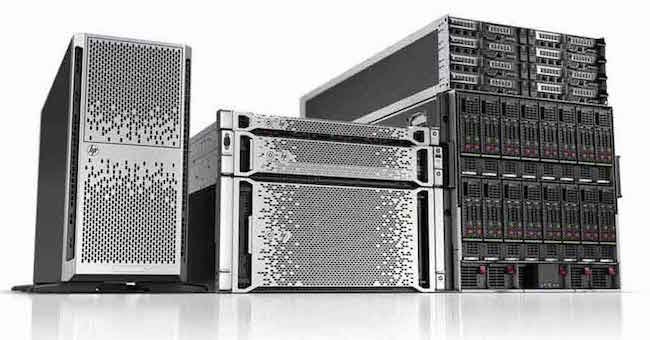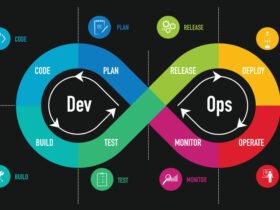When considering a switch to Refurbished Servers, one of the most common concerns businesses have is:
“How long will a refurbished server actually last?”
It’s a valid question. After all, server infrastructure is a long-term investment, and uptime is non-negotiable. The good news? Refurbished servers can last just as long—or nearly as long—as brand-new ones, provided they’re sourced from a reputable vendor and properly maintained.
In this guide, we break down the expected lifespan of refurbished servers, factors that influence durability, and tips to extend their usable life—so you can make a confident, cost-effective decision for your IT infrastructure.
What Is the Typical Lifespan of a Refurbished Server?
On average, a certified refurbished server can last 3 to 5 years or longer depending on usage, configuration, and maintenance. Some servers remain operational for up to 7 years in secondary or non-critical roles.
This makes them an excellent value proposition—especially when you consider that most businesses refresh their hardware every 3–5 years anyway, regardless of whether the server is new or refurbished.
Factors That Affect the Lifespan of Refurbished Servers
Let’s explore what determines how long a refurbished server will last:
1. Original Hardware Quality
Enterprise-grade servers from brands like Dell EMC, HPE, Cisco, and Lenovo are built for longevity. When refurbished properly, these machines retain their durability and reliability even after resale.
2. Refurbishment Process
Not all refurbished servers are equal. A certified refurbished server undergoes comprehensive testing, component replacement, firmware updates, and burn-in tests. This quality control significantly enhances its post-sale lifespan.
3. Workload Type
A server used for light tasks like file sharing or backups will last longer than one running heavy workloads like AI modeling, database management, or high-frequency trading.
4. Environmental Conditions
Temperature, airflow, humidity, and dust all play a role. Servers kept in climate-controlled server rooms tend to last longer than those in poorly ventilated spaces.
5. Maintenance & Monitoring
Like any machine, servers benefit from routine maintenance—firmware updates, hardware monitoring, disk checks, etc. Proper IT practices can extend a server’s lifespan by years.
Refurbished Server Lifespan by Role
Here’s a practical view of how long a refurbished server might last in different use cases:
| Use Case | Expected Lifespan |
| Primary production server | 3–5 years |
| Disaster recovery server | 4–6 years |
| Backup or file server | 5–7 years |
| Development/testing environment | 4–7 years |
| Home lab or learning setup | 5–8 years |
As you can see, a refurbished server can deliver reliable performance across different roles, especially when strategically deployed.
How Refurbished Servers Are Tested for Longevity
Before resale, certified refurbished servers undergo:
- Full diagnostics of CPU, RAM, storage, and power supply
- Component-level replacements for any failed or worn parts
- BIOS and firmware updates to ensure compatibility and performance
- Stress testing (burn-in) to detect latent hardware failures
- Grading (A, B, etc.) based on cosmetic and functional quality
These steps ensure the server is not just functional—but reliable under load, setting it up for a long second life.
How to Extend the Lifespan of a Refurbished Server
If you want your refurbished server to last its full potential, follow these best practices:
- Keep it cool – Maintain proper airflow, ventilation, and cooling.
- Use clean power – Connect through UPS or surge protection.
- Schedule regular maintenance – Dusting, component testing, log review.
- Update firmware & drivers – Stay compatible and secure.
- Monitor health – Use tools to track temperatures, disk status, and system logs.
Just like a car, regular checkups and preventive maintenance make all the difference in long-term performance.
Why Lifespan Isn’t the Only Value Metric
Even if a refurbished server lasts “only” 3 years, the cost savings are typically 40–70% compared to new hardware. When you calculate cost per year of use, refurbished servers offer an exceptional return on investment (ROI)—especially when combined with:
- Warranty options (1 to 3 years from trusted vendors)
- Enterprise-grade specs for lower cost
- Fast availability compared to new systems (no manufacturing delays)
This makes refurbished hardware ideal for startups, SMBs, dev/test environments, and even secondary data centers.
Conclusion: Lifespan You Can Count On
So—how long do refurbished servers last?
Long enough to make a real impact on your IT strategy—at a fraction of the cost.
With the right sourcing, deployment, and care, certified Refurbished Servers can run smoothly for 3–5+ years in production and even longer in secondary roles.
If you’re aiming to optimize costs without compromising performance, refurbished servers are a smart, reliable, and sustainable choice.







